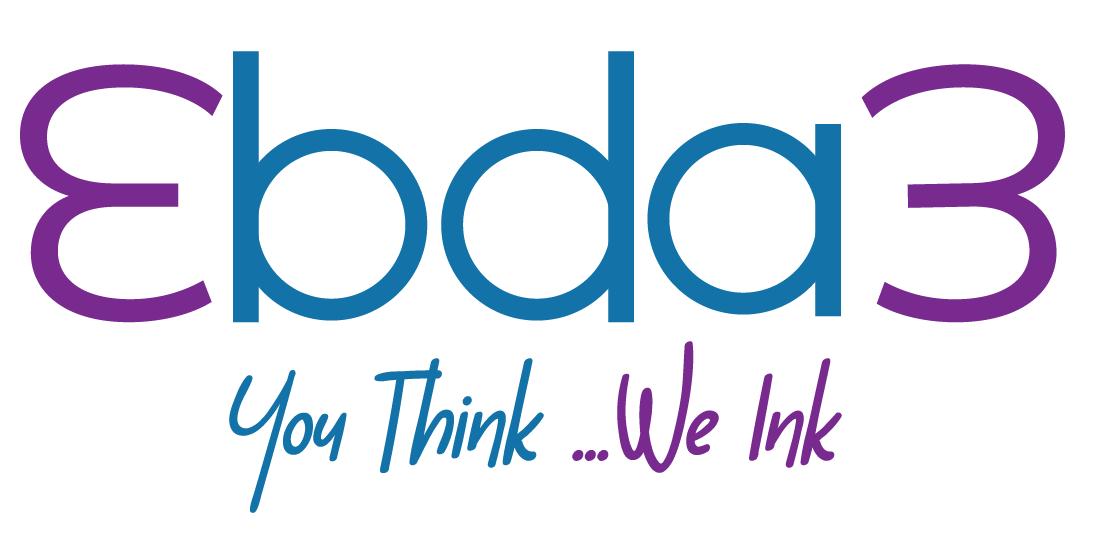The 7 Golden Rules of Website Copywriting: Creating Compelling Online Content

Introduction:
In the digital age, where attention spans are shorter than ever, the power of persuasive website copy cannot be underestimated. Effective website copywriting can captivate visitors, engage them, and ultimately drive them to take desired actions. Whether you’re a business owner, a marketer, or a content creator, mastering the art of website copywriting is essential for online success. To help you in your journey, we present to you the 7 golden rules of website copywriting that will empower you to create compelling online content.
Understand Your Audience:
To craft persuasive website copy, you must first understand your target audience. Research their demographics, preferences, pain points, and desires. What motivates them? What problems do they need solving? Tailor your copy to resonate with their needs and aspirations, and speak their language. By empathizing with your audience, you can create content that truly connects with them.
Grab Attention with Powerful Headlines:
In the digital realm, attention is a scarce resource. Your headline must grab readers’ attention and compel them to read further. Use attention-grabbing techniques like posing questions, making bold statements, or offering solutions to pique curiosity. Craft concise, clear, and compelling headlines that communicate the value of your content upfront and entice visitors to delve deeper.
Communicate Benefits, Not Just Features:
People visit websites to fulfill their needs, solve their problems, or improve their lives. When writing website copy, focus on highlighting the benefits your products, services, or content offer. While features are important, it’s the benefits that truly resonate with your audience. Explain how your offerings can make their lives easier, save them time or money, or enhance their well-being. Help them envision the positive outcomes they can achieve by choosing you.
Keep it Clear and Concise:
Online readers have limited patience. They skim through content, searching for information that is easily digestible. Keep your copy clear, concise, and scannable. Use short paragraphs, bullet points, subheadings, and bold text to break up the text and make it easier to navigate. Use simple language and avoid jargon or unnecessary fluff. Respect your readers’ time and deliver your message succinctly.
Build Trust with Social Proof:
In the vast sea of online options, trust plays a vital role in decision-making. Incorporate social proof into your website copy to establish credibility and build trust with your audience. Include testimonials, case studies, client success stories, or reviews to showcase the positive experiences others have had with your products or services. Demonstrate that you are a reliable and reputable choice, and watch your conversions soar.
Craft Compelling Calls to Action:
A well-crafted call to action (CTA) can be the difference between a visitor bouncing off your website or converting into a customer. Make your CTAs clear, persuasive, and action-oriented. Use strong verbs and create a sense of urgency. Make it abundantly clear what action you want visitors to take, whether it’s signing up for a newsletter, making a purchase, or contacting you. A compelling CTA can guide visitors along the desired path and drive conversions.
Continually Test, Iterate, and Improve:
Website copywriting is not a one-and-done task. To optimize your results, continuously test and refine your copy. Experiment with different headlines, CTAs, messaging, and formats. Analyze data and gather feedback to understand what resonates most with your audience. A/B testing can provide valuable insights to help you refine your copy and improve its effectiveness over time.
Conclusion:
Mastering the art of website copywriting is crucial for creating compelling online content. By following these 7 golden rules, you can engage your audience, drive conversions, and achieve online success. Remember to understand your audience, create attention-grabbing headlines, focus on benefits, keep it clear and concise, build trust with social proof, craft compelling CTAs, and continually test and improve. With these guidelines in hand, you’re well on your way to becoming a skilled website copywriter. Happy writing!
Learn more about: Website Copywriting




